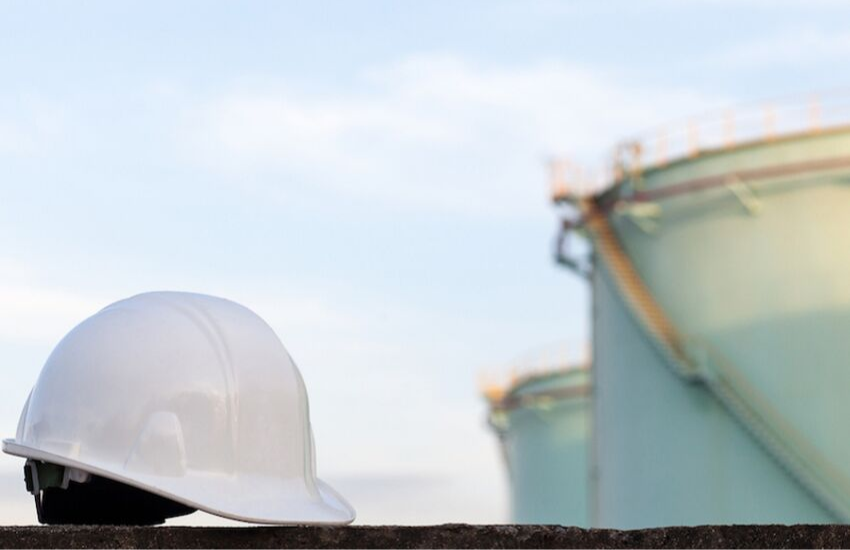Risk Management Capabilities Result In Confidence
Risk Management is not only a legal requirement, risk management capabilities also result in confidence. There is however often a complacency towards risk, such as it will not happen to me.
Challenges of managing safety practices
Companies in the West often face challenges when setting up their supply chain in Asia, frequently due to safety and cultural differences, while in recent years we have also seen many Asian companies transforming from domestic into international players. Both ends face challenges in managing safety practices during the supply chain in their own way.
Negative impacts of accidents
Accidents such as the Tianjin explosion in August 2015 that killed over one hundred people and interrupted normal business, logistics, and port operations remind us of the importance of the safe handling of dangerous goods and hazardous materials throughout the supply chain.
Unfortunately, accidents have been happening in the past and will happen again in the future, independent of the size of companies and geographical location.
Negative impacts of accidents can range from an increase in legal expenses, penalties, insurance fees, and reconstruction costs to a decrease in share value, industry reputation, staff motivation, and business volume.
Hazard versus risk
It is important to understand the difference between ‘Hazard’ and ‘Risk’. Hazard is any source of potential damage to something or someone under certain conditions, while risk is the probability of the impact of the hazard on the external environment. You cannot eliminate risk but you can understand and manage it.
Conclusion
We know that a company can only continue to exist in the long term if its business is growing, profitable, sustainable, and supported by all stakeholders. Taking risk is part of doing business, but to be sustainable, proper risk assessment is required.
Photo Credit: Shutterstock

